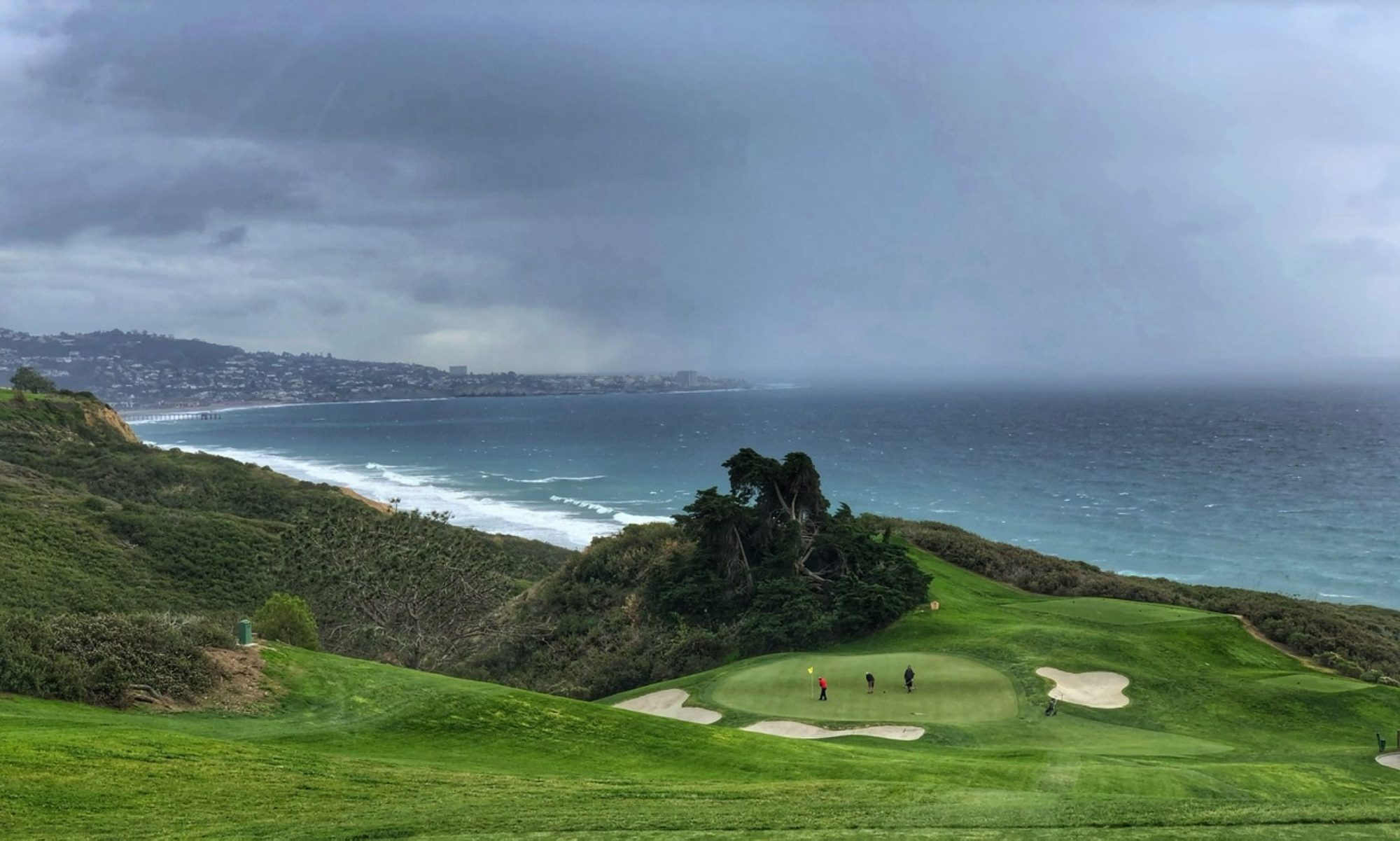I was quite young but I could sense the unease in my mother when she first sent me off to elementary school amidst an uncertain risk of paralytic polio in the 1950’s era. She maintained her frightened countenance until 1960 when the Sabin vaccine miraculously appeared. Many years later, my wife, a pediatrician, had intubated a young patient with measles who needed ventilatory support. A few days later, she staggered into my office, ashen and lightheaded. Her blood pressure was 70 and her sclerae were icteric. She had contracted rubeola and measles hepatitis. Looking up from her hospital bed she uttered, “if I don’t make it, you’ll need to find someone to help raise our (1 year old) son. My nurse is wonderful and I give you permission to date her if I die.” My wife recovered and is my social distance partner 35 years later. These are but a few of my anecdotal “high anxiety” moments of contagious disease in my “baby boomer” memory. And that’s the point. These events are distant memories, rarely surface and are almost never mentioned. We move on and forget the lessons they taught until the next infectious insult makes us scramble for direction and hopefully solutions. In fact, throughout history this repetition is startling.
Humans have constructed great civilizations in only 10,000 years, surmounting challenges and establishing the supply chains that provide food, clothing and shelter for the billions that inhabit this planet. Yet we are impeded by one major human foible: selective long term memory loss in order to cope with the next medical task at hand. What do I mean? Take human memory and the history of contagious disease in society. We learn, at an early age, that American and international history were shaped by infectious disease. Early settlements in Virginia in the 16th century failed due to malaria outbreaks. In 18th century Philadelphia, an outbreak of yellow fever forced our founding fathers to flee the city. Bubonic plague outbreaks in Europe in the 6th and 14th centuries killed 50% of the inhabitants and changed Roman and Medieval society. The medieval citizens fled the crowded cities for pastoral domiciles sensing that social distancing would prevent the deadly illness. Great armies were felled by typhus and cholera during the Napoleonic Wars and World War II. We don’t have to go back very far to see a world where our parents and grandparents had a stark recollection of epidemic infectious disease. Diphtheria, polio and measles, to name a few childhood illnesses were part of their daily reality. Parents banned their children from community swimming pools, recognizing that distancing them from the source was paramount. I, born in 1953, recall fellow students in my class with leg braces from polio following summers spent hospitalized. As I entered medicine in the 1970’s, there were reminders of past epidemics on the wards. I rounded in iron lung wards in Rancho Los Amigos Hospital in Downey, California. I ambulated the pediatric wards at L.A. County-USC Medical Center, puzzled by the prominent parapets outside the patient rooms. “They were there so that physicians could round and quarantine themselves during polio outbreaks,” my attending noted. Again, in the early 1980s a mystery illness with a severely immunocompromised picture in the patient appeared in daunting numbers. The AIDS epidemic was upon us as we scrambled for its cause and cure. As time passed, the memories of these debilitating epidemics receded whereupon complacency and the rise of the anti-vaccination movement became the cause celebré of the 1980’s and beyond. The resurgence of the measles due to lack of sufficient vaccination in the 1980’s did little to discourage the anti-science crowd. Perhaps a lack of firsthand experience with the measles contributed in part to their anti-vaccine stance. As I gazed into the mouth of a patient during the measles outbreak and saw a Koplik spot, a physical finding that indicates measles, I realized that the outdated knowledge of this physical finding I learned 10 years prior was not so archaic. Actually, I had simply forgotten about this pathognomonic signal of impending rubeola. “Out of sight,out of mind,” I said to myself.
Now, the COVID-19 pandemic has arrived and upended our lives as did the many infectious diseases of bygone years. Initial roll-out efforts for mass testing, tracking and isolating has been less than adequate. We have finally resorted to social distancing, an ancient form of infection avoidance. Clearly, the same weapons seen in the great mortality known as the Bubonic Plague during the 14th century. Ultimately, a vaccine will rescue us along with medical mitigation via drugs and antibody rich plasma from those who have recovered. Let us take the lessons of this catastrophic time and the stories from our heroes: the first responders, the healthcare team and informed public servants with us for centuries to come. Otherwise, we sentence ourselves to repeat the same mistakes.









